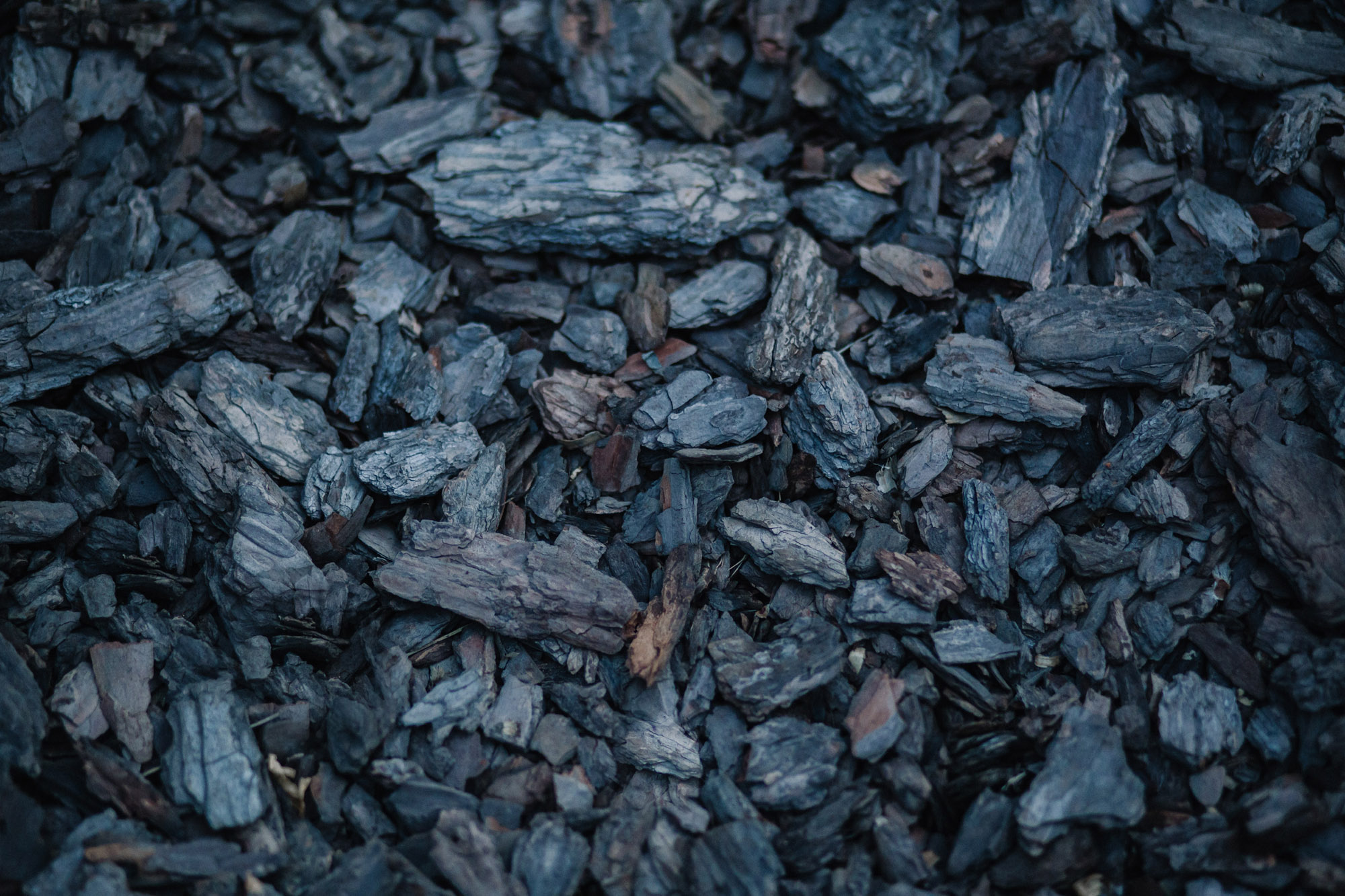European Union and Germany pave the way for CO2 removal from the atmosphere through Hydrothermal Carbonization
For a decade, carbon offsetting was dominated by very dubious actors who promised a lot with their activities, earned a lot but did nothing substantial to remove carbon dioxide from the atmosphere. However, as this market also thrives on trust and there has been no regulation to date, the EU has now set rules for carbon offsetting.
The future legal framework for CO2-capture and -storage will allow open competition for the most effective solutions. Biochars from pyrolysis and and in particular Hydrothermal carbonization of organic residues to Hydrochar is already a proven, safe and energy-saving way of removing CO2 from the atmosphere.
In addition to the conversion of the energy sector and industrial processes to renewable energies, further measures for the removal of CO2 from the atmosphere and its permanent storage are essential in order to achieve the global climate targets (IPCC Sixth Assessment Report AR6, 2023)
A New Era for Carbon Removal: The Game-Changing Potential of Hydrothermal Carbonization
The European Union and Germany are taking a bold leap forward in the fight against climate change by introduction of regulation 2024/3012, a dynamic and competitive framework is emerging to drive the most efficient and sustainable carbon capture and storage technologies. HTC, a proven, safe, and energy-efficient method, stands ready to transform CO2 sequestration, paving the way for a cleaner, greener future.
A Pioneering Legal Framework
For the first time, carbon dioxide removal (CDR) will be governed by a legal framework that embraces technological neutrality while maintaining rigorous quality criteria. These include:
- Precise quantification – ensuring measurable and verifiable carbon capture.
- Additionality – guaranteeing real and effective reductions beyond existing commitments.
- Long-term storage – securing CO2 safely for generations to come.
- Sustainability – prioritizing environmentally responsible solutions.
Hydrothermal Carbonization: A Breakthrough in CO2 Sequestration
HTC offers an unparalleled opportunity to capture and store carbon effectively while utilizing organic residues that would otherwise contribute to greenhouse gas emissions. Here’s why HTC is a game-changer in climate action:
✅ Permanent and Transparent CO2 Storage
The Biocoal (Hydrochar) produced through HTC binds CO2 in a stable form alike Lignite, allowing for safe and long-term storage in existing fossil coal deposits with continuous monitoring and verification.
✅ Reduction of Greenhouse Gas Emissions
By converting organic waste like manure, sewage sludge, digestates, and biowaste into Biocoal, HTC prevents the release of harmful gases such as CO2, methane, and nitrous oxide.
✅ Unrivaled Energy Efficiency
HTC requires only a fraction of the energy per ton of CO2 compared to direct air capture (DAC), making it an economically viable and sustainable solution.
✅ Enhanced Circular Economy
Nutrients such as nitrogen and phosphorus can be extracted during the HTC process and repurposed as regenerative fertilizers, supporting sustainable agriculture.
✅ Decentralized and Scalable
HTC installations can be deployed regionally, minimizing transportation emissions and reinforcing local economies.
Seizing the Opportunity: A Call to Action
The time for bold climate action is now! With a robust regulatory framework in place, businesses, industries, and policymakers must rally behind innovative technologies like HTC to unlock new carbon removal possibilities.
Even if some political actors continue to deny climate change, it must be noted that atmospheric physics is not impressed by this and is continuing on its path towards higher temperatures and thus more severe weather phenomena. Let’s be among the first to turn hydrothermal carbonisation into a useful and profitable business. Legal certainty is now in place, at least at European level…



Schreibe einen Kommentar